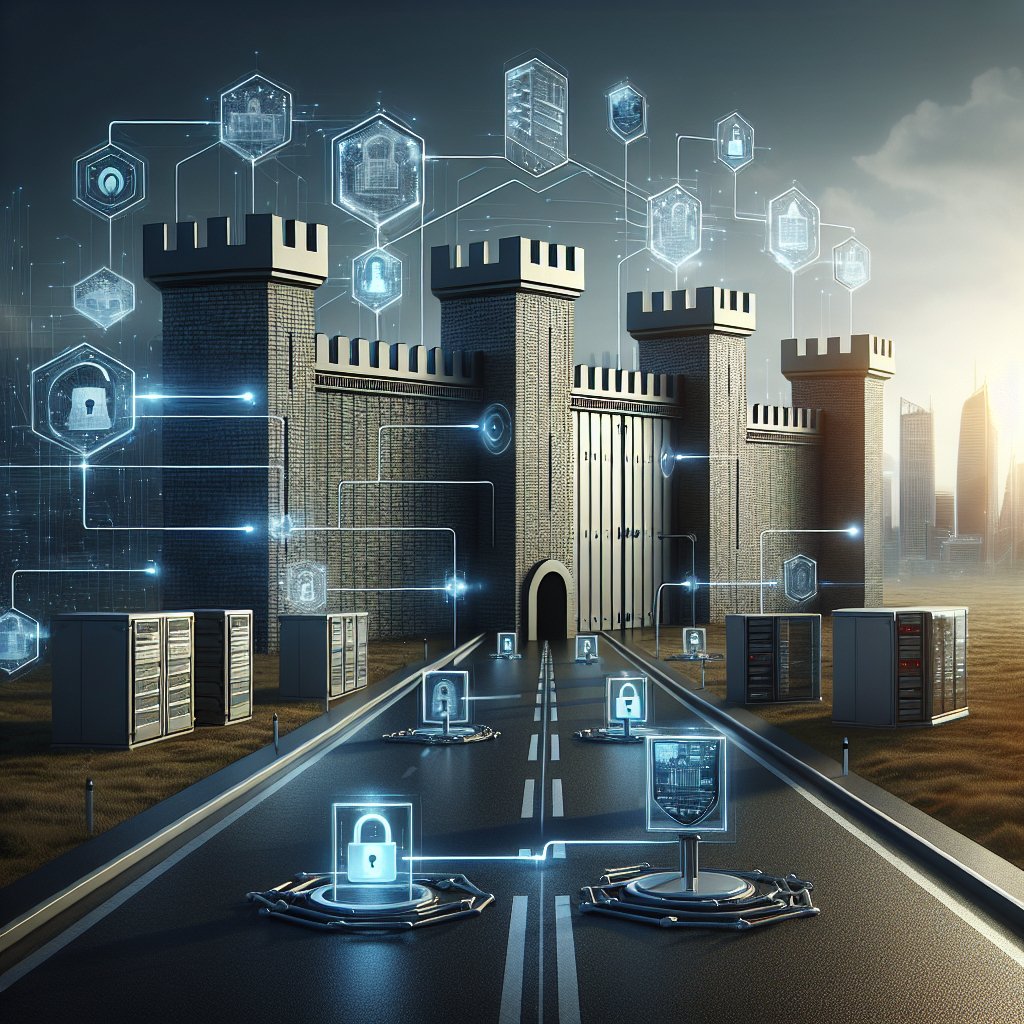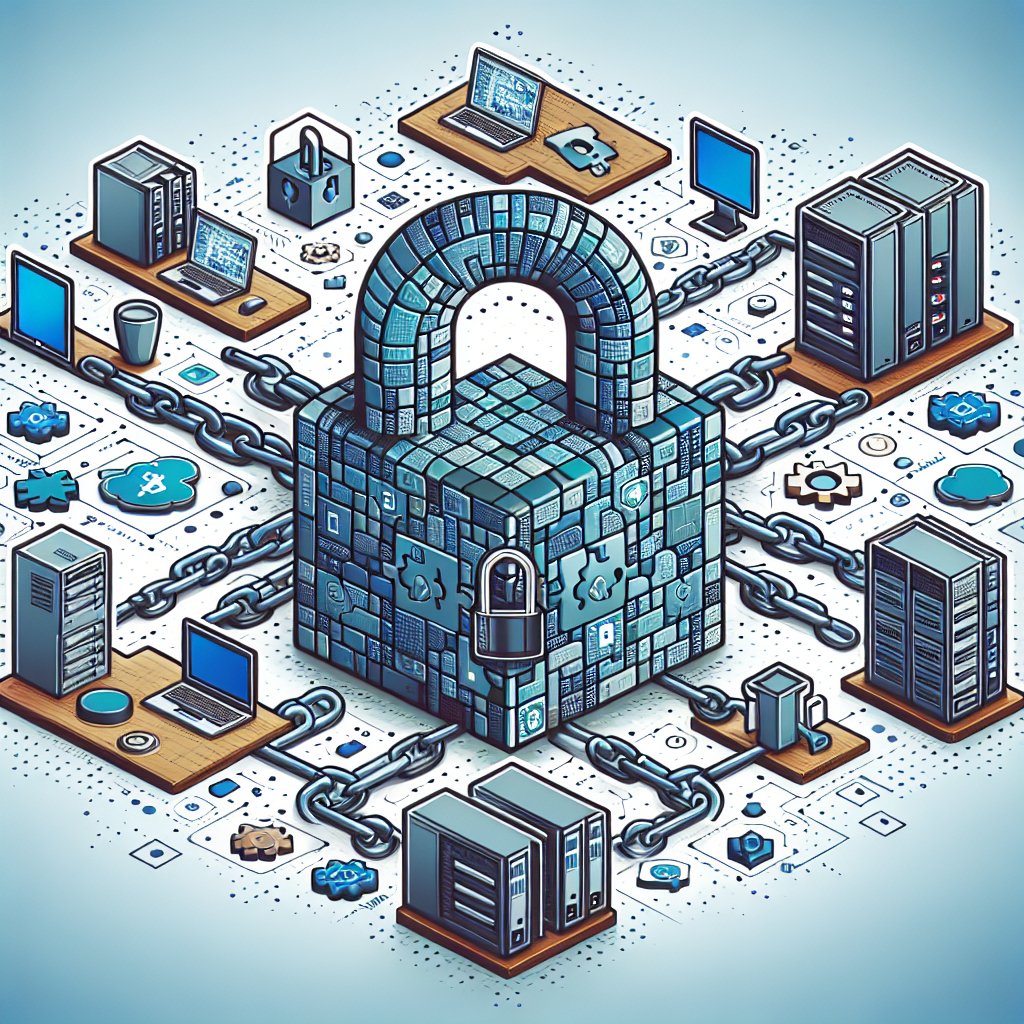The importance of a secure IT infrastructure in business cannot be overstated, as it serves as the backbone of modern operations and communication. In an era where cyber threats are increasingly sophisticated and prevalent, organizations must prioritize the protection of their digital assets. A robust IT infrastructure not only safeguards sensitive information but also enhances operational efficiency and builds trust with clients and stakeholders. This article delves into the critical components of a secure IT infrastructure and outlines best practices for businesses to implement effective security measures.
Understanding the Components of a Secure IT Infrastructure
A secure IT infrastructure comprises various elements that work together to protect an organization’s data and systems. These components include hardware, software, networks, and policies that govern their use. Understanding each element’s role is essential for developing a comprehensive security strategy.
1. Hardware Security
Hardware security refers to the physical devices that make up an organization’s IT infrastructure, including servers, computers, and networking equipment. Ensuring the security of these devices is crucial, as they are often the first line of defense against cyber threats. Here are some key considerations:
- Physical Access Control: Implementing measures such as locked server rooms, biometric access controls, and surveillance systems can prevent unauthorized access to critical hardware.
- Device Encryption: Encrypting data stored on devices ensures that even if a device is lost or stolen, the information remains protected.
- Regular Maintenance: Keeping hardware up to date with the latest firmware and security patches helps mitigate vulnerabilities that could be exploited by attackers.
2. Software Security
Software security encompasses the applications and operating systems that run on an organization’s hardware. Vulnerabilities in software can be exploited by cybercriminals, making it essential to implement robust security measures:
- Regular Updates: Keeping software up to date with the latest patches and updates is vital for protecting against known vulnerabilities.
- Antivirus and Anti-malware Solutions: Deploying reliable antivirus and anti-malware software can help detect and eliminate threats before they cause significant damage.
- Application Security Testing: Conducting regular security assessments and penetration testing on applications can identify weaknesses that need to be addressed.
3. Network Security
Network security involves protecting the integrity and usability of networks and data. A secure network is essential for preventing unauthorized access and ensuring the confidentiality of sensitive information:
- Firewalls: Implementing firewalls can help monitor and control incoming and outgoing network traffic based on predetermined security rules.
- Intrusion Detection Systems (IDS): IDS can detect and respond to potential security breaches in real-time, allowing organizations to take immediate action.
- Virtual Private Networks (VPNs): Using VPNs can secure remote access to the network, ensuring that data transmitted over the internet is encrypted and protected.
4. Policies and Procedures
Having well-defined security policies and procedures is crucial for guiding employees in maintaining a secure IT environment. These policies should cover:
- Acceptable Use Policy: This policy outlines the acceptable use of company resources, including internet access, email, and software applications.
- Incident Response Plan: An incident response plan provides a structured approach for responding to security breaches, minimizing damage, and restoring normal operations.
- Employee Training: Regular training sessions can educate employees about security best practices, phishing attacks, and the importance of safeguarding sensitive information.
Best Practices for Implementing a Secure IT Infrastructure
Implementing a secure IT infrastructure requires a proactive approach and a commitment to continuous improvement. Here are some best practices that organizations can adopt to enhance their security posture:
1. Conduct Regular Security Audits
Regular security audits help organizations identify vulnerabilities and assess the effectiveness of their security measures. These audits should include:
- Vulnerability Assessments: Identifying and prioritizing vulnerabilities in systems and applications allows organizations to address the most critical issues first.
- Compliance Checks: Ensuring compliance with industry regulations and standards, such as GDPR or HIPAA, helps organizations avoid legal penalties and reputational damage.
- Penetration Testing: Simulating cyberattacks can help organizations understand their weaknesses and improve their defenses.
2. Implement Multi-Factor Authentication (MFA)
Multi-factor authentication adds an extra layer of security by requiring users to provide two or more verification factors to gain access to systems and data. This can significantly reduce the risk of unauthorized access:
- Something You Know: This could be a password or PIN.
- Something You Have: This could be a smartphone app that generates a one-time code or a hardware token.
- Something You Are: This could include biometric verification, such as fingerprint or facial recognition.
3. Backup Data Regularly
Regular data backups are essential for ensuring business continuity in the event of a cyberattack or data loss. Organizations should implement the following practices:
- Automated Backups: Automating the backup process ensures that data is consistently backed up without relying on manual intervention.
- Offsite Storage: Storing backups in a secure offsite location protects data from physical disasters, such as fires or floods.
- Regular Testing: Periodically testing backup restoration processes ensures that data can be recovered quickly and effectively when needed.
4. Foster a Security-First Culture
Creating a culture of security within the organization is vital for ensuring that all employees understand their role in maintaining a secure IT infrastructure. This can be achieved through:
- Leadership Commitment: Leaders should prioritize security and demonstrate their commitment through actions and resources.
- Open Communication: Encouraging employees to report security concerns or incidents without fear of repercussions fosters a proactive security environment.
- Recognition and Rewards: Recognizing and rewarding employees who demonstrate good security practices can motivate others to follow suit.
Conclusion
A secure IT infrastructure is essential for the success and sustainability of any business in today’s digital landscape. By understanding the critical components of IT security and implementing best practices, organizations can protect their valuable assets, maintain customer trust, and ensure compliance with regulations. As cyber threats continue to evolve, businesses must remain vigilant and adaptable, continuously assessing and improving their security measures to stay one step ahead of potential attackers.



